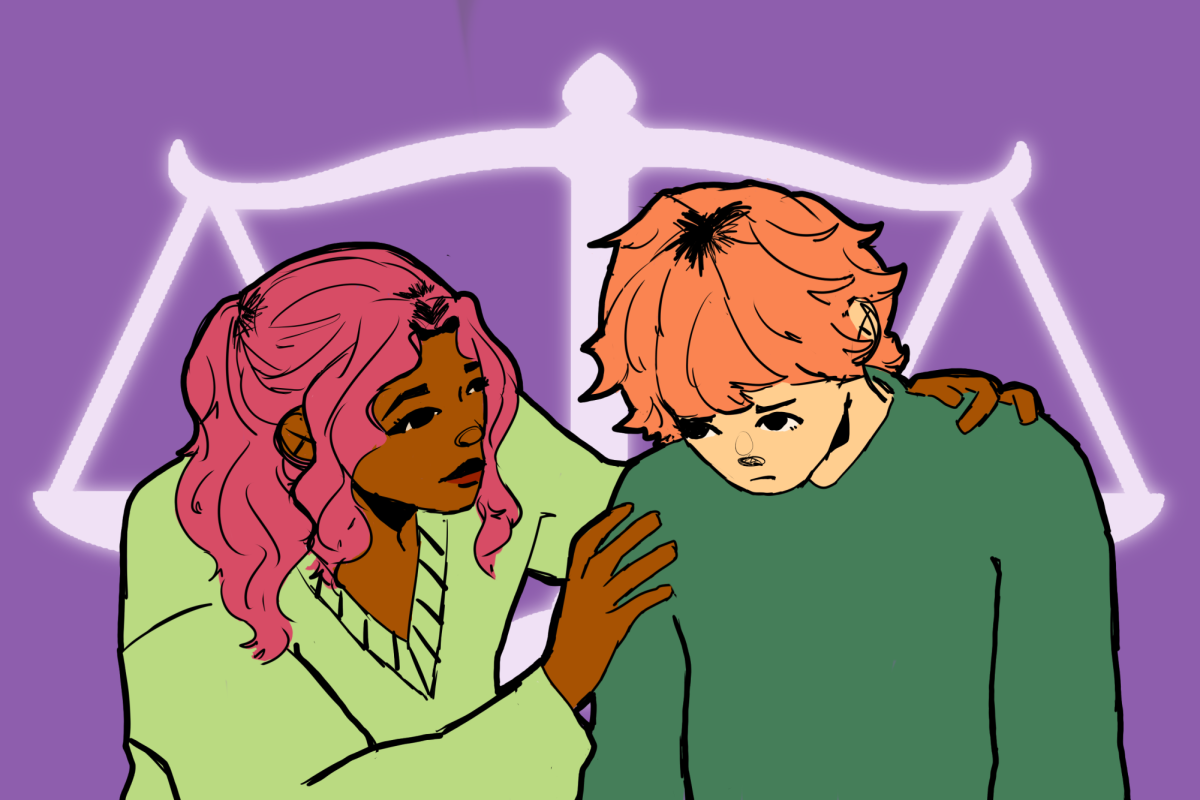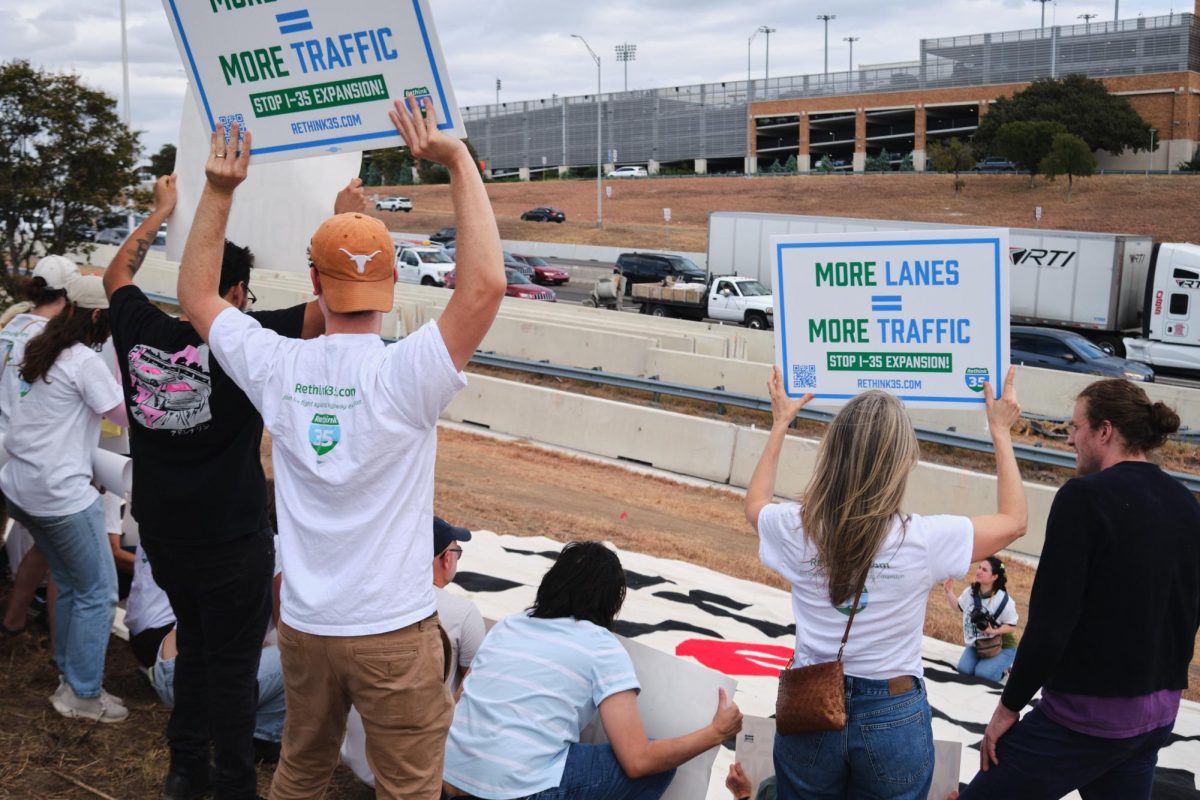Syphilis has been on the rise in Travis County over the past few years, but the disease has not increased to the same extent at the University.
Reported cases of syphilis, a sexually transmitted disease that’s often spread through unprotected sex, increased in Travis County by 68 percent between 2006 and 2013.
Austin/Travis County Health and Human Services reported 81 syphilis cases in 2006 and 136 cases in 2013.
UT did not see any reported cases at University Health Services in 2006, but in 2013, there were seven. UHS nurse practitioner Sherry Guyton said seven cases in a campus with over 50,000 students is still relatively insignificant.
Guyton said one reason UT has not experienced an outbreak of syphilis cases might be UHS’ efforts to prevent STDs on campus. Cases that do occur, Guyton said, might arise because of alcohol use that leads to unsafe sex or as a result of students’ reluctance to ask their partners if they carry an STD.
“There still are a lot of students who, for some reason or another, don’t think it’s going to happen to them and aren’t as careful as they might be,” Guyton said. “It’s probably more often related to partying and just not being as careful with condoms.”
UHS program coordinator Sherry Bell said UHS does not know why the number of cases increased between 2006 and 2013.
Additionally, 53.7 percent of Travis County’s cases in 2012 occurred in people between the ages of 20 and 34, which matches the age range of many students at UT.
“That’s the age where people are maybe not even necessarily very promiscuous, but in the age where people are trying to find people who they are going to be with for longer-term relationships and are more likely to have more sex partners,” Guyton said. “The more partners you have, the more risk there is.”
The report found that 94 percent of syphilis cases in 2012 in Travis County occurred in males. At UT, all syphilis cases in 2012 occurred in males. Over the eight-year period, males accounted for 95 percent of all cases at UT. The report also found that a large percentage of those who contracted syphilis were men who have sex with men. In almost half of those cases, the men also had HIV.
Phil Huang, medical director of Austin/Travis County Health and Human Services said he attributes the increase of syphilis in the county to the prevalence of dating apps, such as Tinder and Grindr.
“We are concerned about social media apps that are out there, especially in the men who have sex with men [category],” Huang said. “These facilitate the opportunity for people to have large numbers of sexual partners, anonymous sex partners … and unprotected sex.”
UHS health education coordinator Susan Kirtz said UHS prevention programs are inclusive to all genders and sexual orientations.
“We don’t have anything in particular that targets that [population of men who have sex with men],” Kirtz said. “It’s possible that more targeted programs could roll out in the future, but right now, our programs are pretty inclusive.”


















